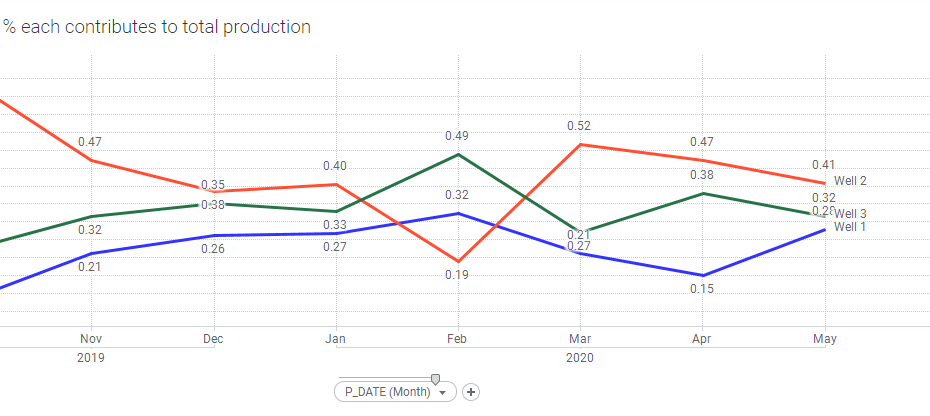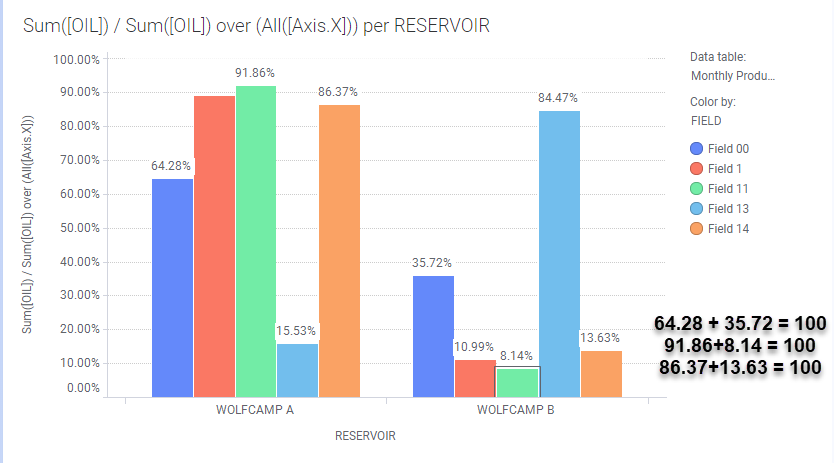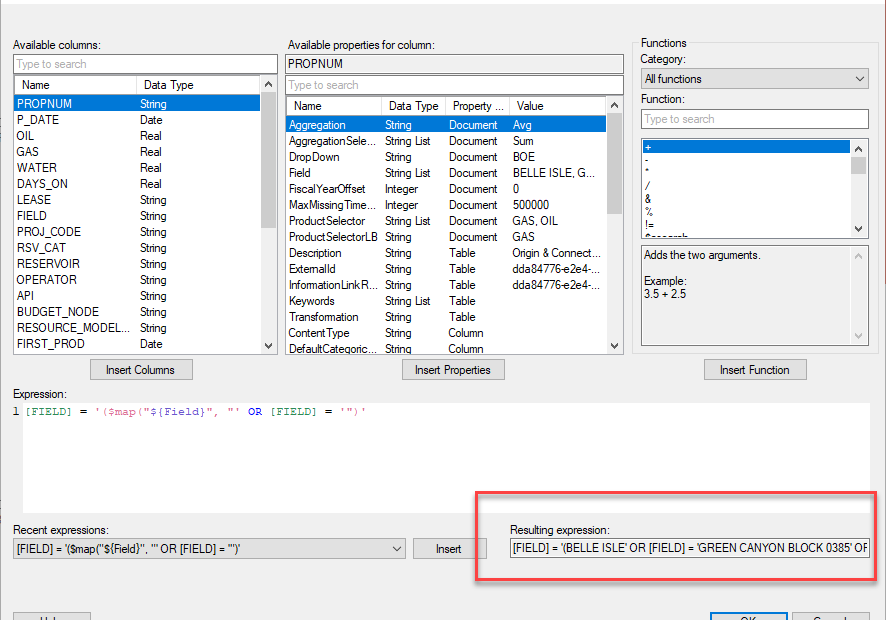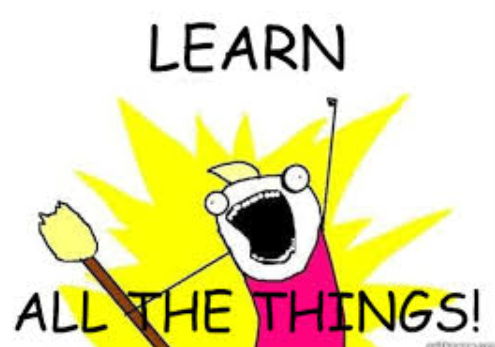Last week, my manager asked the question — “Is anything connected to xyz information link?” So, I showed users how to answer that question with a simple search in the Library Administrator. This week, I was asked — “Who isn’t using their license?” This is also a fairly simple question to answer if you have logging setup and understand the maze of views containing logging data. While I felt like I had a pretty solid understanding of logging, I didn’t understand all the data I was seeing. So, I had to reach out to TIBCO for clarity. Ultimately, I wound up going down a very deep rabbit hole learning even more about logging. Since there isn’t much out there on logging, I distilled it all into 5 blog posts that will be released one at a time Monday thru Friday. This post kicks it off by explaining how to set up Spotfire logging. Read on to learn more.
Read More »How to Set Up Spotfire Logging 








